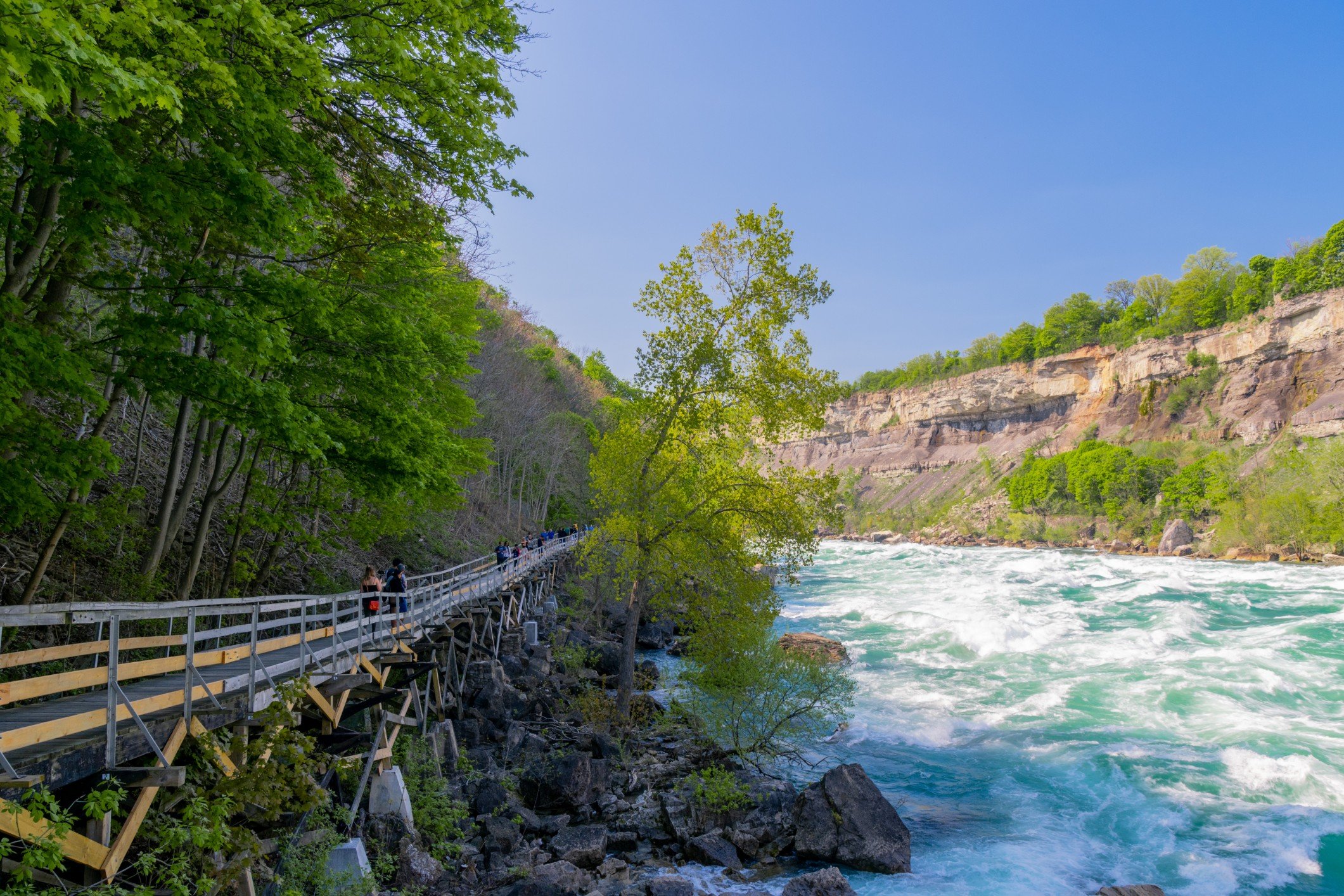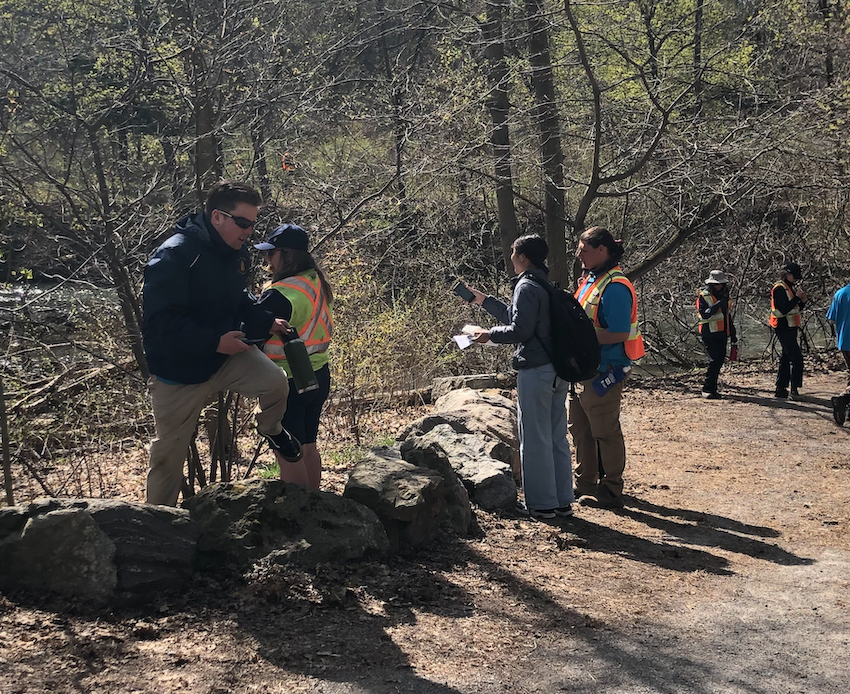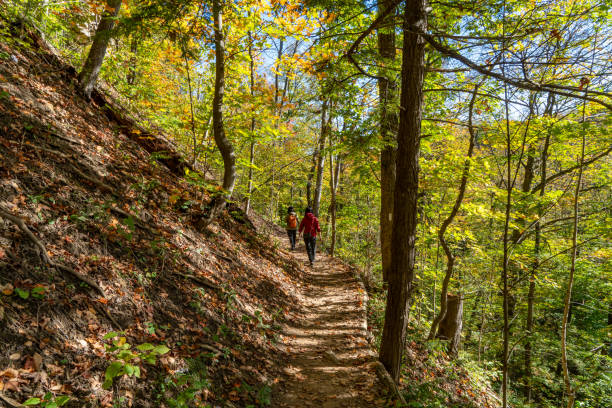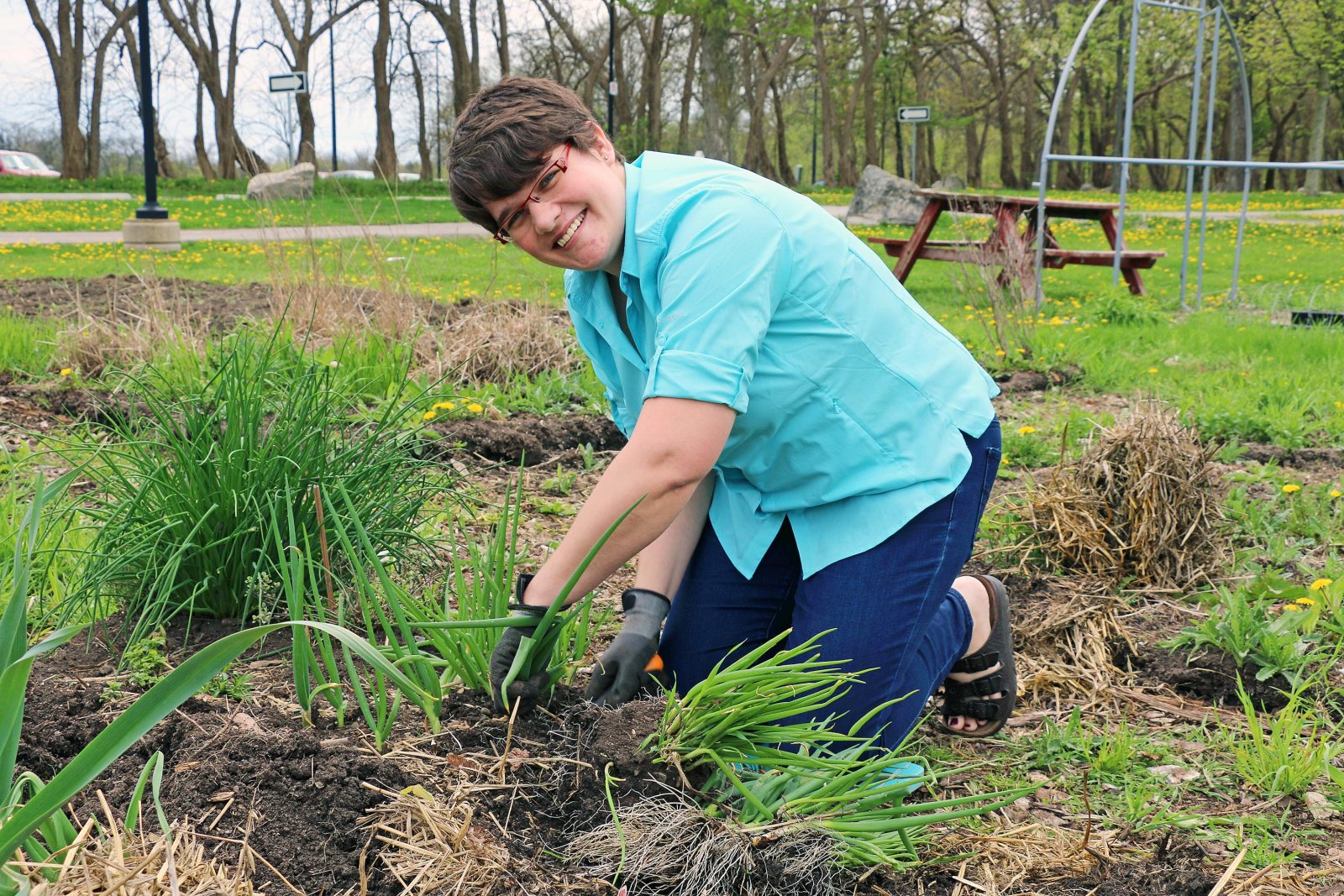
By: Thurkkha Thayalalingam
Brock University is proud to be located atop the Niagara Escarpment, an incredible topographical feature spanning southern Ontario and the United States. Officially designated as a UNESCO (United Nations Educational, Scientific and Cultural Organization) Biosphere Reserve, the escarpment is a focus for biodiversity conservation and a learning site for sustainability (UNESCO). Within Ontario, the Niagara Escarpment is hundreds of kilometres long from the Niagara River up to Tobermory and Manitoulin Island (Bruce Trail Conservancy). The escarpment also played a critical role in the formation of the landforms for some of the Great Lakes (Ontario, Huron, and Michigan)
Things to Do
There are plenty of activities to do within the Niagara Escarpment during any season, from hiking and camping to skiing. Within the escarpment lies the Bruce Trail, the longest and oldest trail in the country (Bruce Trail Conservancy). As mentioned in one of our previous blog posts on trails in the Niagara Region, the Bruce Trail is a popular route for people of all experience levels. The Niagara Escarpment also features beautiful waterfalls, beaches, and historic sites to explore.
Biodiversity
The Niagara Escarpment features countless types of ecosystems including cliffs, meadows, coniferous forests, Carolinian forests, and wetlands. The escarpment is also home to over 300 bird species, 55 mammals, 36 reptile and amphibian species, and 90 fish species, making it the Canadian Biosphere Reserve with the greatest ecological diversity (UNESCO). Organizations such as the Bruce Trail Conservancy work to preserve and protect these lands from detrimental human activities while also making the land safe and accessible to the public (Bruce Trail Conservancy). Located so close to the highly urbanized and developed Greater Toronto Area, it is important to maintain the ecological integrity of the escarpment and to also use the valuable green space as a way for people to connect with nature.













